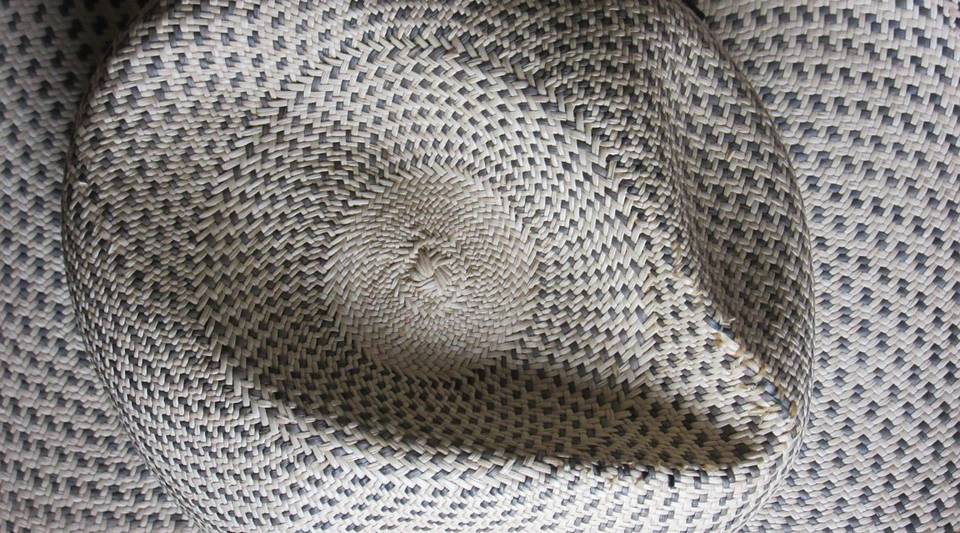
Panama
Capital city — Panama
Country population
Incarceration rate (per 100,000 inhabit…
Type of government
Human Development Index
i2016/ UNDPName of authority in charge of the pris…
Total number of prisoners
Prison density
Total number of prison facilities
i2016An NPM has been established
Female prisoners
Incarcerated minors
i2015/ US Department of StateUntried prisoners
Death penalty is abolished
Yessince 1916
The penitentiary system
Panama prisons are operated by the prison administration, under the direction of the Ministry of Government and Justice (the counterpart to the Ministries of the Interior and Justice). Only Punta Coco maximum security prison falls under the Ministry of Public Security (see Violence and Ill-treatment).
The construction of Nueva Joya Prison in the Panama Province was completed in 2015. It houses 5,500 people and covers an area of 35.7 hectares (92.9 acres). In 2013, its cost was estimated at close to 158 million dollars. It is the largest prison in the country and is supposed to reduce prison overpopulation. It neighbours the La Joya and La Joyita prisons, which are already among the largest prison facilities.
In 2013, the Stanford University Human Rights Clinic was already concerned about Panama’s policy on building prison facilities. The amount invested in prison infrastructure is exorbitant compared to the budget allocated for the prison system. Large prisons are constructed, but they do not conform to international guidelines that guarantee human rights. That same year, the Inter-American Commission on Human Rights found that the solution was inappropriate and unsustainable. Overpopulation should be addressed through legal reform and not by building new facilities.
In May 2015, during its United Nations Human Rights Council review, the government of Panama stated that it was “aware that building prisons is not the answer to the problems facing the prison system.” According to Minister of Government Romero, the emphasis is on renovating existing facilities. The shortage of prison staff makes building new prisons ineffective. Renovations are planned for Nueva Esperanza (Colón Province), La Joya, La Joyita and the Rehabilitation Centre for Women (CEFERE) “Doña Cecilia Chiari Orillac” (Panama Province)1.
The construction of the David Prison Centre in the Chiriqui District should be completed in early 2017, at a cost of 18 million dollars. It will replace the currently inadequate prison installed in the former barracks at David, which houses 1,073 people in a space built for 300 2. The new facility will house 950 inmates in 209 cells. It will have three sports fields, one 372-seat dining area and one auditorium. Twelve classrooms and six workshops will be added as part of the reintegration programs3.
“Mil presos por año entran a las cárceles” in La Prensa, 26 March 2016 (Spanish) ↩
Idem ↩
Construcción de nueva cárcel avanza en 83%“ in La Strella, 17 October 2016 (Spanish) ↩
Prisons are understaffed and the guards are poorly trained. In September 2015, there were 710 guards for a system which requires 1,400. One-hundred and twelve of them were hired in July 2015. The six juvenile centres have 141 guards, mostly women1.
Law 55, adopted in 2003 to reorganize the prison system, was supposed to lead to reform, but its implementation was delayed until 2010.
Reform is supported by the United Nations Office on Drugs and Crime, as well as by the European Union as part of the SECOPA project (Security Cooperation in Panama). A product of this collaboration was an anti-corruption campaign. A telephone line was set up to allow people to report corruption. Training manuals were also made available to staff, and, on September 30th, 2015, 1,238 members of prison personnel received training.
This reform aims to professionalize the prison services. The Director General of Prison Services, Armando Medina, will be drafting a chart for prison careers in 20172. A diploma system will be developed and it will permit staff to move up various guard and technician classifications. The Prison Training Academy (Academia de Formación Penitenciaria) is to be improved and enlarged3.
The shortage of guards is a significant problem. Guards leave their positions due to low wages. The $400 to $690 salary increase is not sufficient. At the same time, this lack of resources fosters corruption. A bill has been proposed that would provide for staff sanctions. Personnel who accept bribes, traffic in arms or drugs, or delete information from files will be dismissed. Security will be increased through the use of technology and canine units4.
United States Department of State, “Country report on human rights practices for 2015 - Panama” ↩
“Designan a Armando Medina como director del Sistema Penitenciario” in La Estrella de Panama, 11 January 2017 (Spanish) ↩
“Mil presos por año entran a las cárceles” in La Prensa, 26 March 2016 (Spanish) ↩
Idem ↩